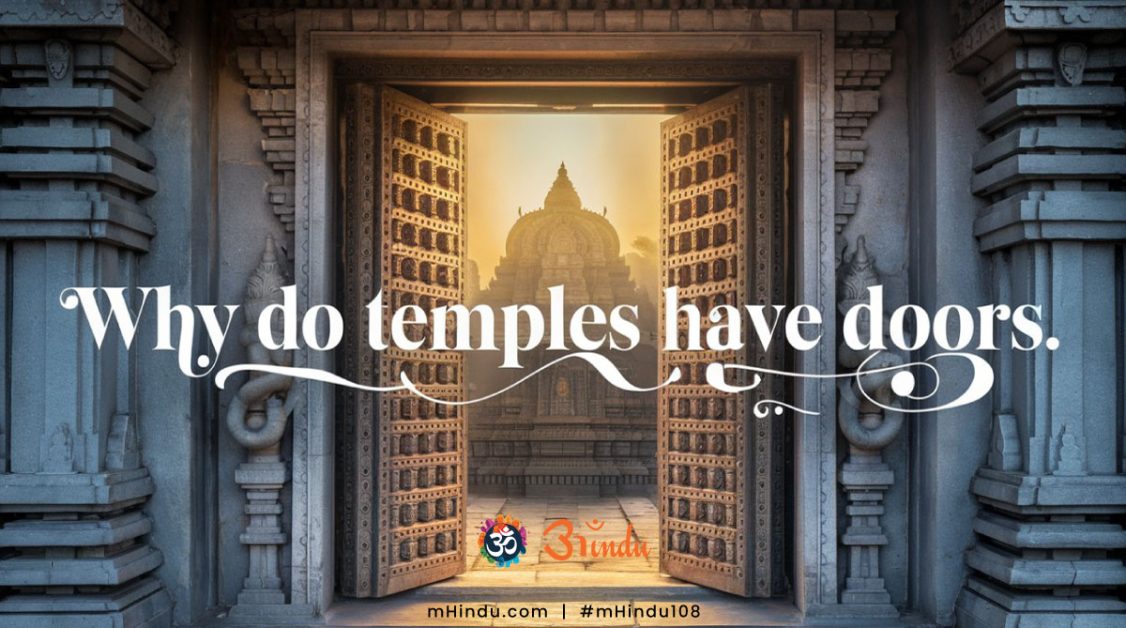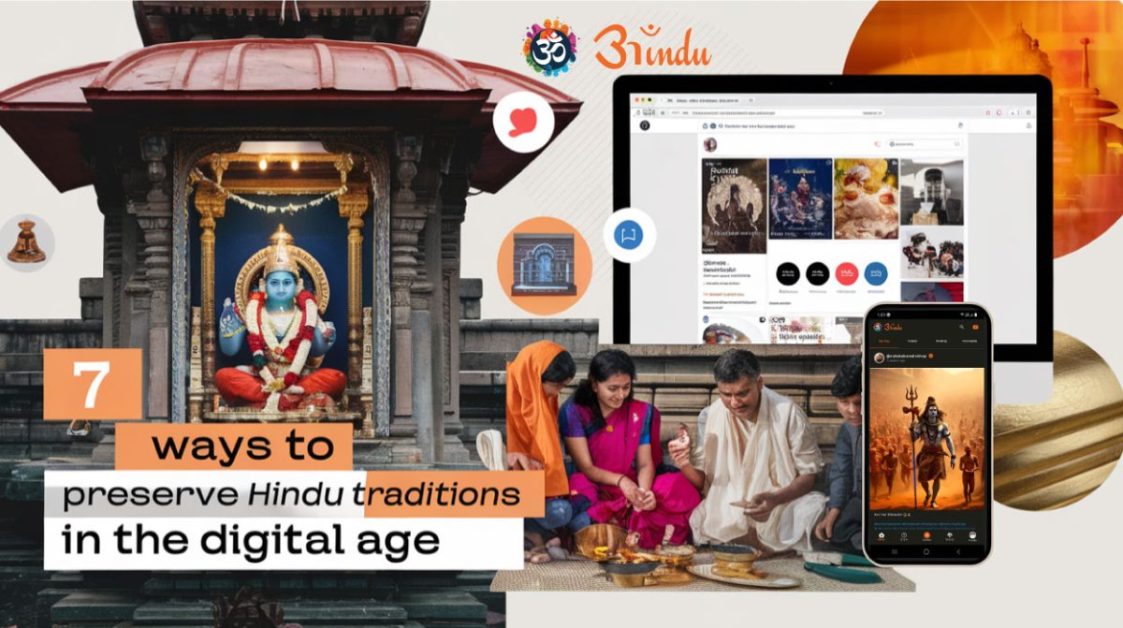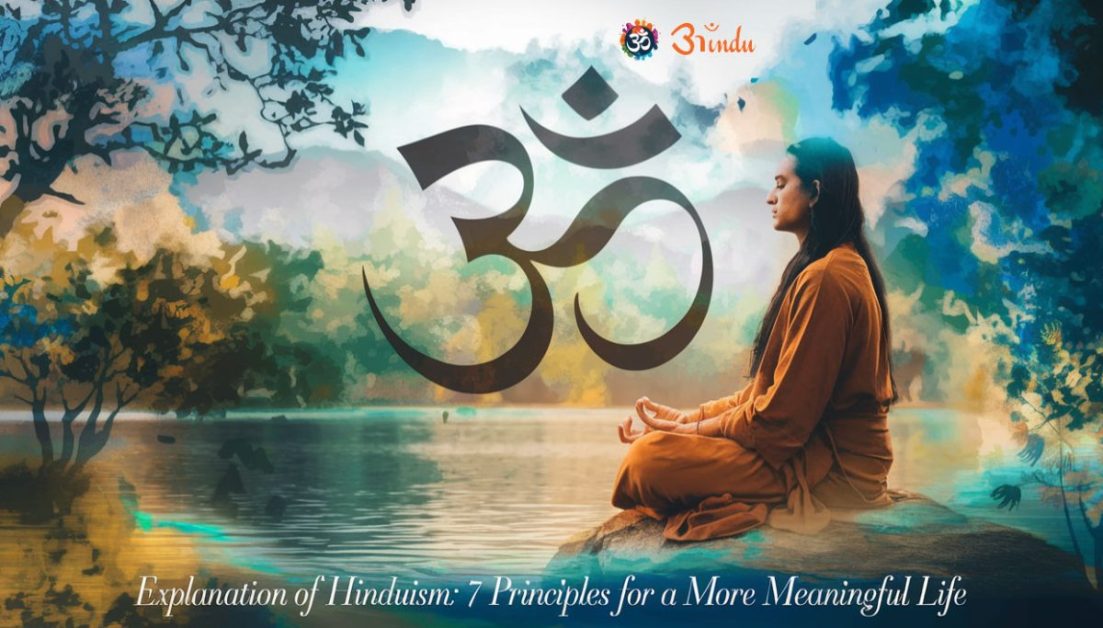
Introduction: A Nation Awaits, A Deity Arrives
On May 23, 2025, as the sacred bells echoed through the newly consecrated Ayodhya Ram Mandir, millions of hearts across India—and beyond—were stilled in awe. The veil lifted, and before the world stood the Ayodhya Ram Darbar Unveiled in full divine grace: Bhagwan Shri Ram, seated regally, flanked by Sita Mata, Lakshman ji, and Hanuman ji, forming a tableau of eternal dharma, devotion, and righteousness.
Explore Blog Content
ToggleThis wasn’t just a religious moment—it was a spiritual rebirth of a civilization’s soul. For centuries, the Ram Darbar has symbolized Ram Rajya—a time when truth reigned, justice prevailed, and the king was a reflection of divinity. And on that radiant summer morning, it became a living reality once again in Ayodhya, the birthplace of Lord Ram.
As chants of “Jai Shri Ram!” filled the air and devotees watched the live unveiling streamed worldwide, one truth resonated across every home and heart: the Ayodhya Ram Darbar Unveiled is not merely an idol installation—it is a reaffirmation of Bharat’s cultural identity, spiritual continuity, and Sanatan values.
“Rāmo vigrahavān dharmaḥ”
(Valmiki Ramayana)
“Lord Rama is dharma in human form.”
And as that dharma took divine form once again in marble and devotion, millions bowed not just to the murtis—but to the eternal values they represent.
What is the significance of the Ram Darbar unveiled in Ayodhya?
The Ayodhya Ram Darbar Unveiled on May 23, 2025, is spiritually significant as it embodies Lord Rama’s divine rule and righteous conduct. The tableau reflects unity, devotion, and the foundation of dharma through the presence of Sita, Lakshman, and Hanuman by his side.
Why was May 23, 2025, chosen for unveiling the Ram Darbar?
The date was astrologically aligned and chosen for its auspicious placement in the Hindu calendar, falling within a sacred window after Akshaya Tritiya. It symbolizes new beginnings and the eternal presence of dharma in the Kaliyuga.
The Ayodhya Ram Darbar Unveiled — A Moment Etched in Eternity
For Hindus across the globe, Ram Darbar significance is not a modern sentiment. It is a timeless representation of cosmic order. But never before has it been so grandly, publicly, and spiritually revealed as in the Ayodhya Ram Darbar Unveiled on May 23, 2025.
In the center of the Ram Janmabhoomi Mandir’s inner sanctum, Bhagwan Shri Ram stands adorned in regal garments, his right hand raised in abhaya mudra, radiating both protection and blessing. Sita Mata, the embodiment of grace and devotion, stands at his left, while Lakshman ji, the loyal brother and protector, stands resolutely with bow in hand. Kneeling in humility and power is Hanuman ji, eyes filled with bhakti, holding the Ramayana close to his heart.
Each detail in the Ayodhya Ram Darbar Murti was carefully sculpted to align with shastric references—from the padmasana posture of Shri Ram to the gentle smile of Sita Mata. Artists, shilpis, and temple architects spent years ensuring every feature reflects maryada purushottam ideals.
But more than the visual grandeur, it is the devotional impact that moved millions. Grandmothers wept. Children folded hands. And from remote villages in Bihar to temples in New Jersey, the world joined Ayodhya in a single wave of spiritual resonance.
“Satyam vada dharmam chara”
(Taittiriya Upanishad)
“Speak the truth, follow dharma.”
In that moment, the Ayodhya Ram Darbar Unveiled wasn’t just seen—it was felt.
What does the Ram Darbar idol in Ayodhya represent?
The Ram Darbar unveiled in Ayodhya is a living symbol of dharma, unity, and divine kingship. It brings together ideal familial roles—Rama as king, Sita as consort, Lakshman as loyal brother, and Hanuman as the selfless devotee.
How was the Ram Darbar idol designed and placed in the Ayodhya Mandir?
The Ayodhya Ram Darbar Murti was crafted by master sculptors using Vedic proportions from the Shilpa Shastra. Each deity was installed with Vedic rituals under the guidance of saints and astrologers, ensuring divine energy is anchored in the sanctum.
From Temple to Home — Ram Darbar Idol Placement and Global Devotion
As the Ayodhya Ram Darbar Unveiled, millions of Hindus not only rejoiced — they began seeking ways to bring the Ram Darbar home. Online searches for “Ram Darbar Idol Placement at Home” and “Ayodhya Ram Darbar Murti” spiked. The desire wasn’t for decoration — it was for devotion.
According to Vastu Shastra, Ram Darbar Idol Placement at Home should be in the northeast corner of your puja room, facing east. Lord Ram should be central, with Sita on his left, Lakshman to the right, and Hanuman kneeling front-facing. The placement isn’t just aesthetic—it aligns your home with the energy of Ram Rajya, inviting peace, discipline, and protection.
“Yatra yatra Raghunatha kirtanam, tatra tatra krita mastakanjalim.”
(Hanuman Chalisa)
“Wherever the name of Ram is sung, Hanuman bows with folded hands.”
The popularity of Ram Darbar Images and replicas of the Ayodhya Ram Darbar Murti has grown rapidly post-unveiling. From handcrafted murtis in Jaipur to marble renditions exported globally, the global bhakti economy is thriving. More importantly, the devotion is authentic.
Temples in Fiji, Mauritius, UK, USA, and Australia held special events to celebrate the unveiling. In London’s BAPS Swaminarayan Temple, a live-stream of the unveiling drew over 8,000 in attendance. The Global Ramayana Conference announced a special edition commemorating Ayodhya’s Darbar.
This isn’t just about religion—it’s about resonance. A sacred connection across continents, hearts, and generations.
Where should I place the Ram Darbar idol in my home?
According to Vastu, place the Ram Darbar idol in the northeast direction of your puja room. Lord Ram should be in the center, with Sita to the left, Lakshman to the right, and Hanuman bowing at the front. Ensure the idol faces east.
How has the Ayodhya Ram Darbar influenced global devotees?
The unveiling has inspired Hindus worldwide to install Ram Darbar idols in homes and temples. Devotees in countries like the US, Canada, and Australia are conducting satsangs and celebrating the event as a global cultural milestone.
The Original Ram Darbar in Ram Rajya – A Divine Court of Dharma
Long before it was immortalized in temples, paintings, and murtis, the Ram Darbar was a living, breathing institution during Lord Ram’s reign in Ayodhya. This divine courtroom was the heart of Ram Rajya—a governance model rooted in truth, justice, humility, and compassion.
According to Valmiki Ramayana and Tulsidas’s Ramcharitmanas, the Ram Darbar was more than a place for royal administration—it was a sacred gathering of values in action. Lord Ram, seated on his throne carved from sandalwood and gold, was surrounded not just by Sita, Lakshman, and Hanuman—but also by rishis, ministers, soldiers, elders, and the common folk.
“Prabhu ke darbar mein sab samaan, na koi chhota na koi mahan.”
“In Ram’s court, all were equal—no one high, no one low.”
This court was open to all, and it functioned under the highest ethical standards. Every morning, Ram would hold rajya sabha (public hearing), personally listening to the grievances of citizens—be they sages or laborers. Justice was dispensed with raga-rahit (non-attached) clarity, and decisions were driven by dharma, not politics.
What actually happened in the Ram Darbar during Ram Rajya?
- Justice for all: Women, farmers, children, sages—everyone had access to the king directly.
- Consultation with saints: Vasistha, Vishwamitra, and other rishis advised Ram on spiritual matters.
- Public accountability: Even Ram was bound by dharma. He questioned his own decisions to ensure transparency and righteousness.
- Administrative dharma: Ministers like Bharat, Shatrughna, and Hanuman ensured taxes, security, and diplomacy were handled with compassion and order.
- Spiritual engagement: Recitations of the Vedas and Ramayan were common in open assemblies, blending governance with inner upliftment.
Unlike modern kingdoms driven by wealth or control, the Ram Darbar of ancient Ayodhya was a cosmic court where dharma ruled over ego.
The Ayodhya Ram Darbar Unveiled today in 2025 mirrors this ancient darbar—not just in sculpture, but in spirit. It invites devotees to not merely bow, but to live by the same principles that governed ancient Ayodhya.
What was the role of Lord Ram in his original darbar?
Lord Ram served as the king, guide, protector, and friend to his people. In his darbar, he personally listened to every voice and ensured decisions were aligned with dharma, not emotion or personal gain.
Who else was present in the original Ram Darbar?
The original Ram Darbar included Sita Mata, Lakshman, Bharat, Shatrughna, Hanuman, and ministers, saints, and citizens. Rishi Vasishtha often guided policies with spiritual wisdom, making it a divine-civil fusion of governance.
Ayodhya’s Future – From Sacred Site to Global Pilgrimage Hub
With the Ayodhya Ram Mandir Updates and the Ram Darbar Unveiled in 2025, Ayodhya isn’t just a sacred site—it is becoming the spiritual heart of the Hindu world. After the Ram Mandir Pran Pratistha and this historic darbar unveiling, Ayodhya is now expected to draw over 2 crore pilgrims annually.
Just like Kashi for Shiva and Mathura for Krishna, Ayodhya is now Ram’s global capital—connecting spiritual tourists, Hindu scholars, and Sanatan dharma followers from every continent.
New initiatives in Ayodhya include:
- Ramayana Circuit Tourism connecting Ayodhya with Janakpur (Nepal), Chitrakoot, and Rameswaram.
- Digital Ramayana Experience Centers near the temple where 3D holograms and AI narrate Ramayana episodes.
- A Ram Darbar Corridor, where visitors pass through murals and live Vedic chants before entering the sanctum.
- Global dharma conferences and Ramayana recitation marathons in multiple languages.
Devotees across Mauritius, Trinidad, Guyana, Suriname, and the Hindu diaspora in the US and UK are planning annual yatras to see the Ayodhya Ram Darbar Murti—not just for worship, but for cultural reaffirmation.
“Ayodhyā nāma nagarī, satya dharma kā sthān.”
“Ayodhya is not just a city, it is the seat of truth and righteousness.”
How is Ayodhya being transformed after the Ram Darbar unveiling?
Ayodhya is being developed as a major spiritual and cultural hub with enhanced infrastructure, global connectivity, heritage corridors, and tech-enabled storytelling experiences that immerse pilgrims in the Ramayana world.
Will Ayodhya become a major pilgrimage site for global Hindus?
Yes. With the unveiling of the Ram Darbar, Ayodhya is now attracting Hindus globally who view it as the epicenter of Sanatan dharma. Annual yatra programs and temple-based tourism are driving a global devotional movement.
Summary & Final Reflection – The Darbar Returns to the Devotees
The unveiling of the Ayodhya Ram Darbar on May 23, 2025 marked a milestone that was not merely religious—it was civilizational. For millions, it was a spiritual sunrise long awaited. And for Sanatan Dharma, it was the reinstallation of dharma in its most divine form.
We are not merely looking at murtis carved in marble—we are beholding living reminders of how a nation, a society, and a soul can live in harmony with dharma. From the original Ram Darbar of Treta Yuga to today’s sacred unveiling, the essence remains the same: truth, justice, seva, and humility.
As devotees stream into Ayodhya and homes across the globe welcome replicas of the Darbar, something powerful is happening: the Ramayana is no longer just a story—it is a living culture again.
And perhaps that is the real message of the Ayodhya Ram Darbar Unveiled—not just that Ram has returned to Ayodhya, but that dharma is returning to the lives of the people.
Let every home become a darbar of kindness. Let every heart become a shrine of seva. And let every act be an offering—just like Hanuman’s unwavering devotion.
“Ram kaaj karibe ko aatur.”
(Hanuman Chalisa)
“Eager to serve the work of Ram.”
In that eagerness, we do not just remember Ram—we become worthy of his darshan.
FAQs (Ayodhya Ram Darbar Unveiled)
Q1. What is Ayodhya Ram Darbar Unveiled event?
It refers to the official unveiling of the divine Ram Darbar idols—Ram, Sita, Lakshman, and Hanuman—in Ayodhya’s Ram Mandir on May 23, 2025, symbolizing the return of dharma.
Q2. What is the significance of Ram Darbar in Sanatan Dharma?
Ram Darbar symbolizes ideal governance, devotion, and family values. It reflects harmony, justice, and the spiritual unity of Lord Ram with his devotees.
Q3. How is the Ram Darbar placed in Ayodhya Mandir?
The Ayodhya Ram Darbar Murti is placed in the sanctum with Lord Ram in the center, Sita to his left, Lakshman to the right, and Hanuman kneeling before them.
Q4. What was the Ram Darbar like during Ram Rajya?
The original Ram Darbar was a divine court of dharma where Lord Ram listened to all citizens, consulted saints, and ruled with truth and compassion.
Q5. How to place Ram Darbar idol at home?
Place it in the northeast direction, ideally in your puja room. Ram in the center, Sita on the left, Lakshman on the right, and Hanuman kneeling.
Q6. Where can I get images or murtis of Ayodhya Ram Darbar?
Devotional websites and temples offer high-quality Ram Darbar images. Replicas of the Ayodhya Ram Darbar Murti are available from certified sculptors.
Q7. What makes Ayodhya Ram Mandir unique after 2025?
It now houses the iconic Ram Darbar Unveiled, transforming Ayodhya into a global spiritual capital with increased pilgrimages and digital experiences.
Q8. Why is the unveiling of Ram Darbar important in 2025?
It represents not just an idol installation but a cultural awakening of Bharat’s Sanatan identity, uniting Hindus across nations in devotion.







